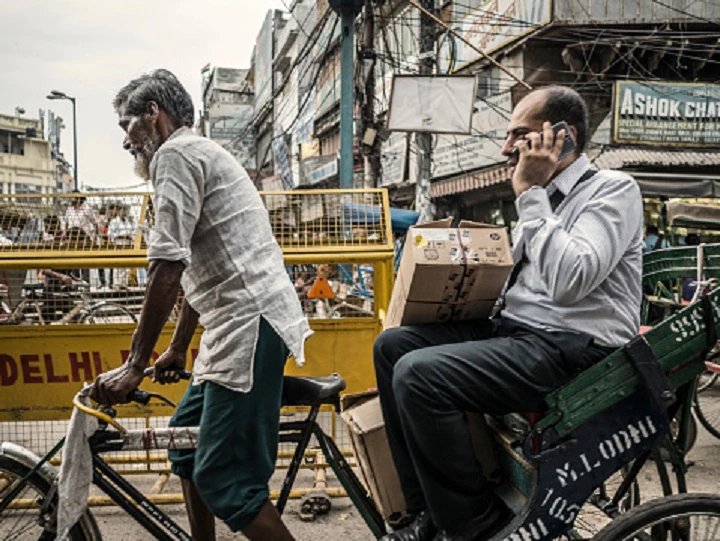India’s crème-de-la-crème, the nation’s top 1%, earned more than one-fifth (21.7%) of the country’s total national income in 2021, while the bottom 50% made just 13.1% of the money, indicated the World Inequality Report 2021, released on Tuesday. It also indicated that the middle-class in the country is poorer than peers in other parts of the world, with inequality of wealth underlining the stark contrast between economic classes in society.
The top 10% of the population owned as much as 57% of the country’s national income in 2021, according to the report.
Authored by Lucas Chancel, co-director, World Inequality Lab, and coordinated by several experts, including French economist Thomas Piketty, the report stated: ‘India stands out as a poor and very unequal country, with an affluent elite’.
In the preface to the report, economist and Nobel laureate Abhijit Banerjee and Esther Duflo said that India was ‘among the most unequal countries’ in the world.
The report indicated that the average national income of the country’s adult population in 2021 was Rs 2,04,200, on purchasing power parity basis. The income inequality can be understood from the fact that the bottom 50% of the population earned Rs 53,610 during the same year.
Defining purchasing power parity?
According to the Report, purchasing power parity is the standard way to deflate (or inflate) incomes earned in a given country, calculated by the cost of goods and services in that country relative to that of others.
The report added:
‘For instance, housing is relatively cheap in India compared with France, but red wine is relatively less expensive in France than in India. In order to properly compare costs of living across the world, we need information about both the relative prices of goods and services (e.g. wine and housing), and the relative volume of each good and service in the consumption baskets of individuals’.
Wealth inequality in India
The inequality in India is even starker when it comes to wealth.
While the average wealth of an Indian household is worth Rs 9,83,010, the report said that the bottom 50% of the country’s population own ‘almost nothing’, with an average wealth of Rs 66,280.
The middle-class is also relatively poor, owning 29.5% of the total wealth of the country. The wealthiest 1% population of India alone owns 33% of the country’s total wealth.
Gender inequality
India’s female labour income share of 18% in 2021 was one of the lowest in the world. The figure was significantly lower than the average in Asia, which is 21%, excluding China.
There has been an increase of more than eight percentage points since 1990 in India’s female labour income share. However, the report noted that the increase was insufficient to take the figure at par with the regional average.
The authors added, ‘While the top 1% has largely benefited from economic reforms, growth among low and middle income groups has been relatively slow and poverty persists’.
The report highlighted that the quality of inequality data released by the Indian government has ‘seriously deteriorated’ over the past three years.












